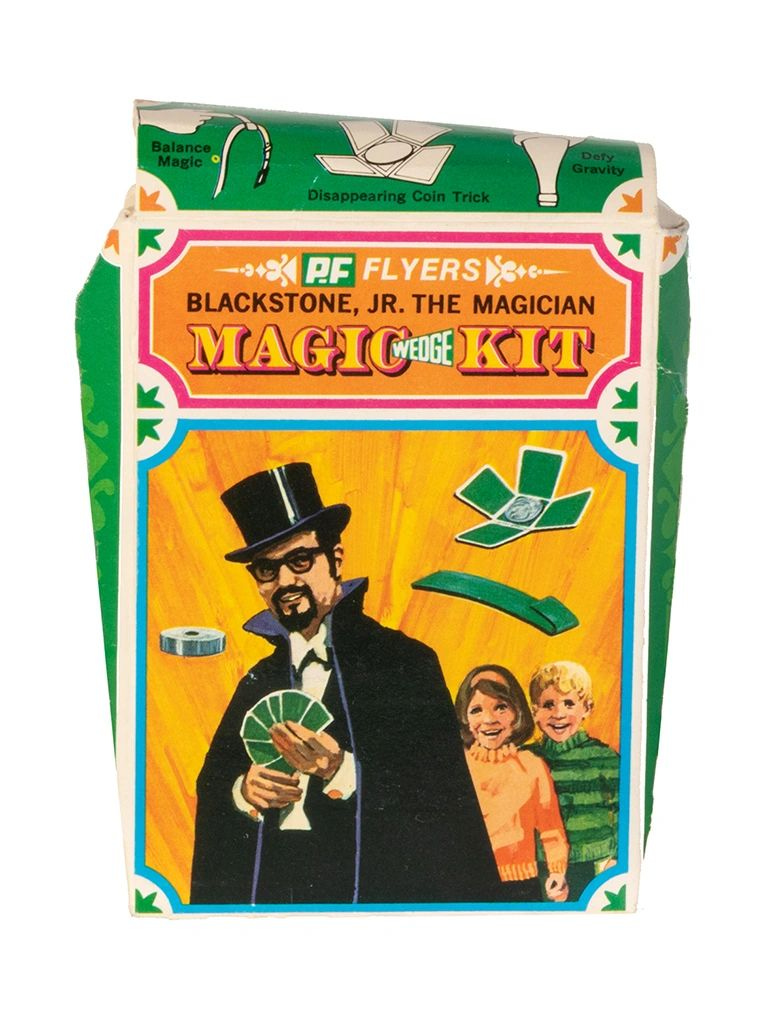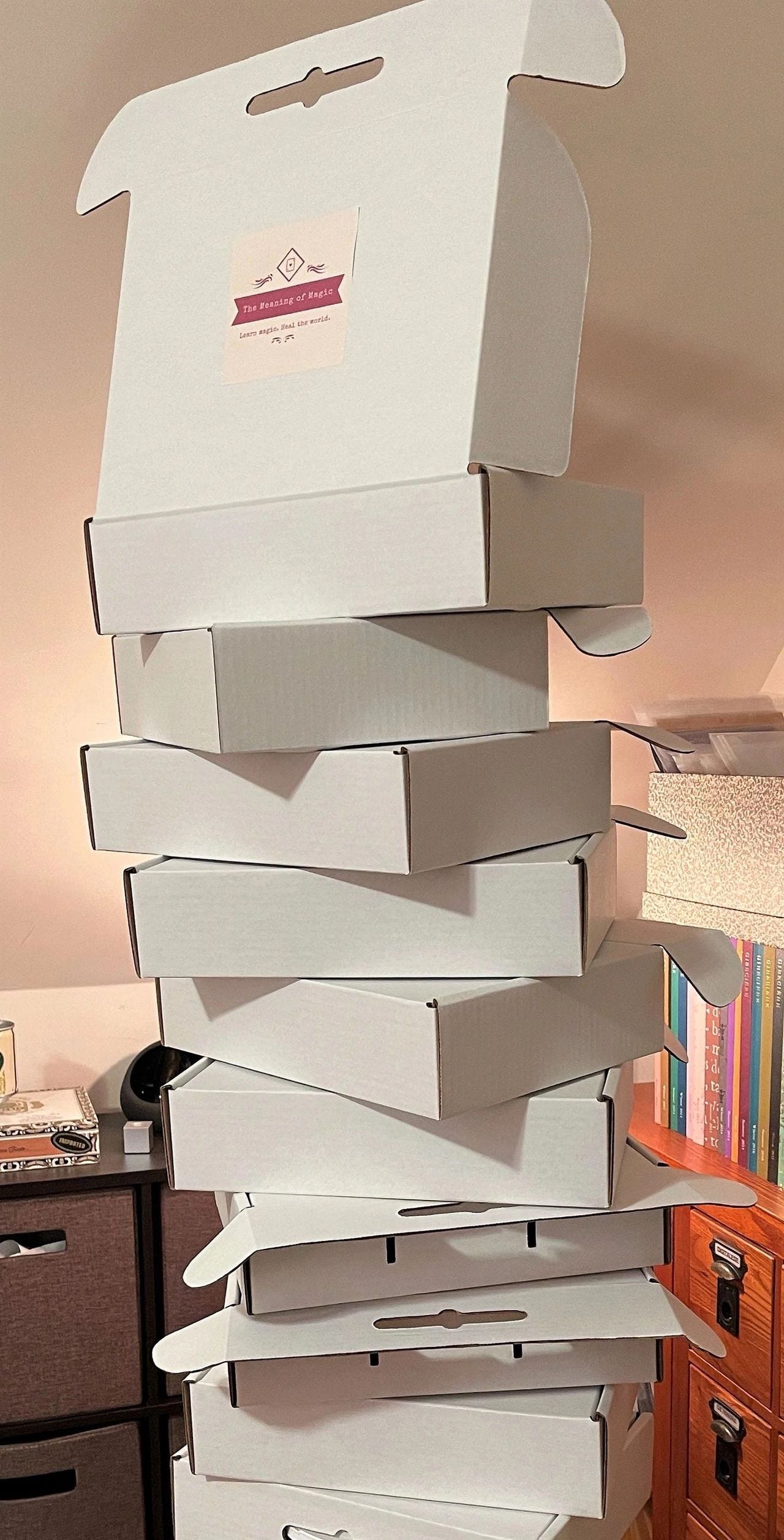The two questions I'm asked most often whenever someone learns that I'm a magician are "How long have you been doing magic?" and "What made you start?"
The first question -- that's easy. I began learning magic when I was seven years old. Many magicians got their start about then, including one famous magician, Dai Vernon, who liked to add, "I wasted the first six years of my life."
The second question is a bit harder. To this day I can't say exactly what lit the fire when the magic bug bit. I'm almost certain, however, that it involved getting a magic kit.
I'm biased, but it's hard for me to imagine anything that tops getting a new magic kit. As one of the youngest children in a family of nine, where money was scarce (for my birthday I could choose between a present that cost around $5 or $5 cash), magic kits to me were treasure chests. They were filled with cool stuff: unusual objects, colorful props, really clever gimmicks -- and secrets. Oh, the secrets. I finally had access to knowledge grownups didn't have. All of this in one box with everything nestled in its own fitted insert. Any day I got my hands on a new magic kit, whether bought with my own savings or received as a gift, that was the greatest day. It was even better than Christmas, although sometimes those days were one and the same since my Christmas list always included a magic kit.
In fact, I'm reasonably sure I first came to magic courtesy of a free magic kit that was offered one year with the purchase of a pair of P.F. Flyers sneakers. My mother never bought brand-name anything, so I had to beg and beg for a pair of P.F. Flyers. I didn't really care about the sneakers. I wanted the Blackstone, Jr. magic kit that came with them. My mother finally gave in and we walked down to Glass's Shoe Store, where Joe Glass could barely jam those glass slippers on my feet before I got my hands on that kit and my world was transformed by a guy wearing a cape, top hat and imperial set. Three tricks and the truth, tucked in a box I could slip in my pocket, and off I went.
MagicLab kits come with enough props to perform countless feats of magic, including professional-grade playing cards, a cup-and-ball trick and a real silk handkerchief. Just those three props alone count for thousands of tricks one can find in magic books and yes, on YouTube. Students learn some basic magic with these and other props as well as what I consider the real secrets of magic: respect for our audiences and ourselves, creativity in making up our own tricks, and resourcefulness -- how to recycle and use everyday items to make even more magic props. (Magic is kind to the environment.)
You don't find those secrets in any kit; they need to be taught. That's why there's MagicLab. The lessons we teach make any kit complete. When you walk through the world with respect, creativity and resourcefulness, you can work a whole lot of magic, and the universe smiles back at you.
Want to bring MagicLab to your school or organization? Learn more at magistry.org/magiclab.






